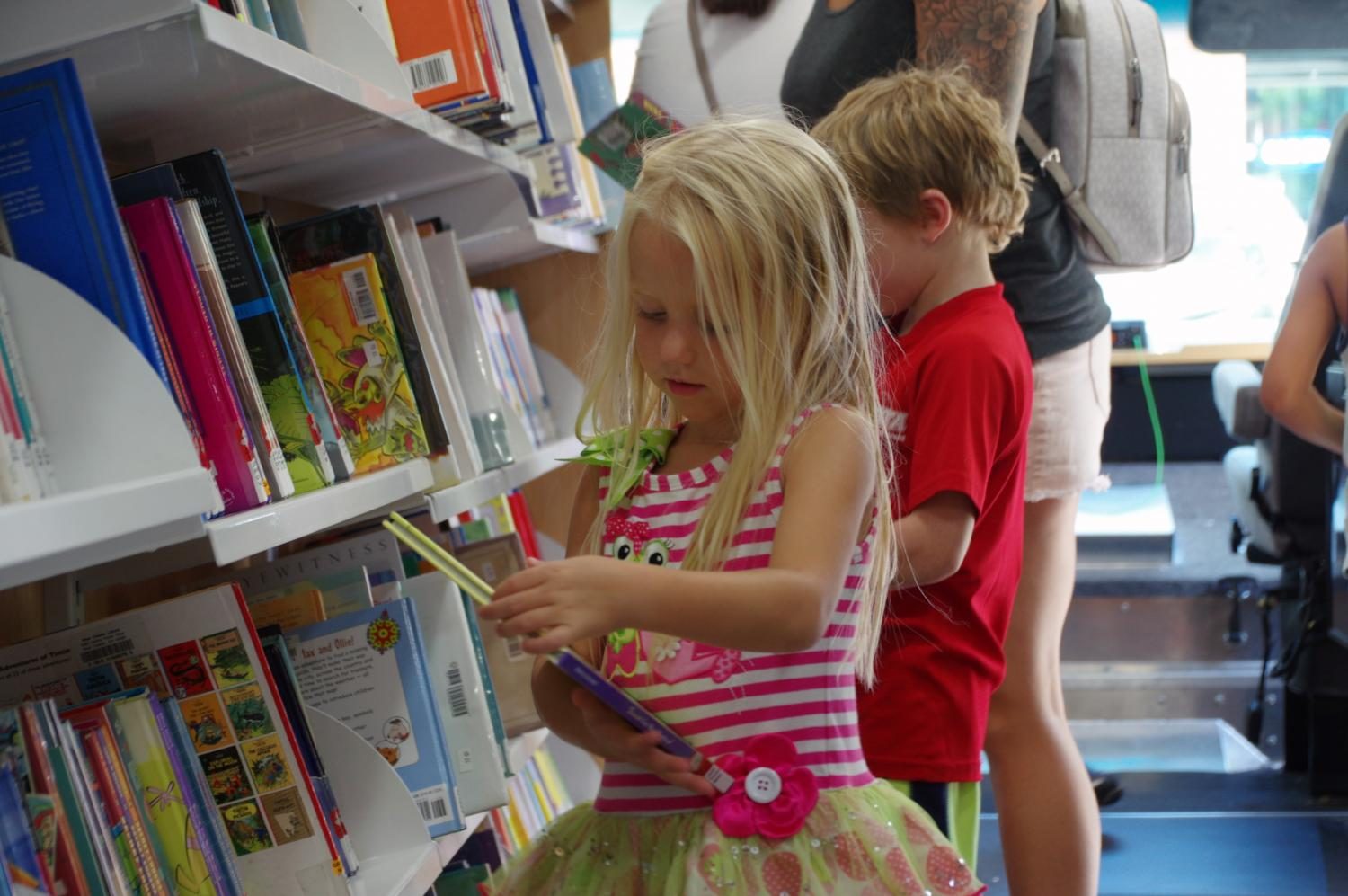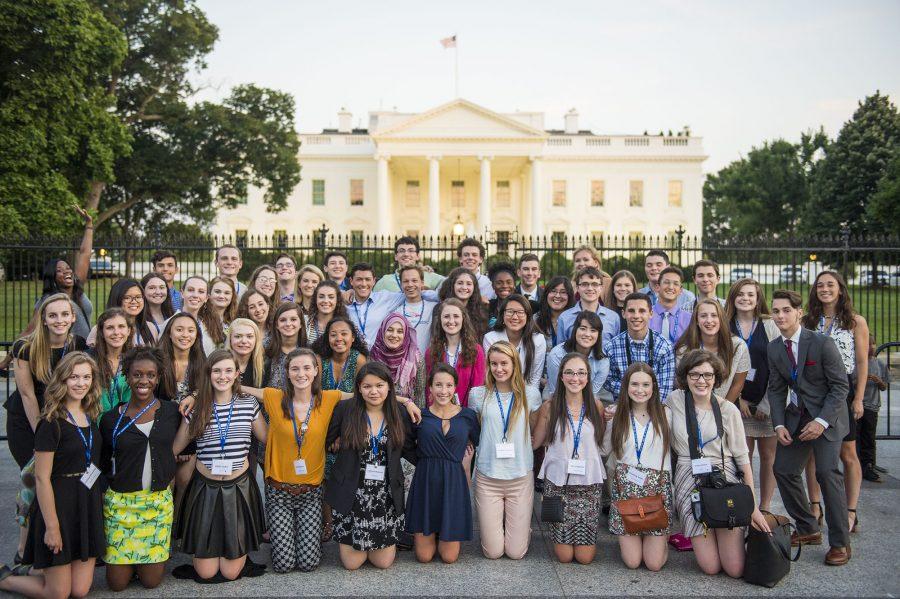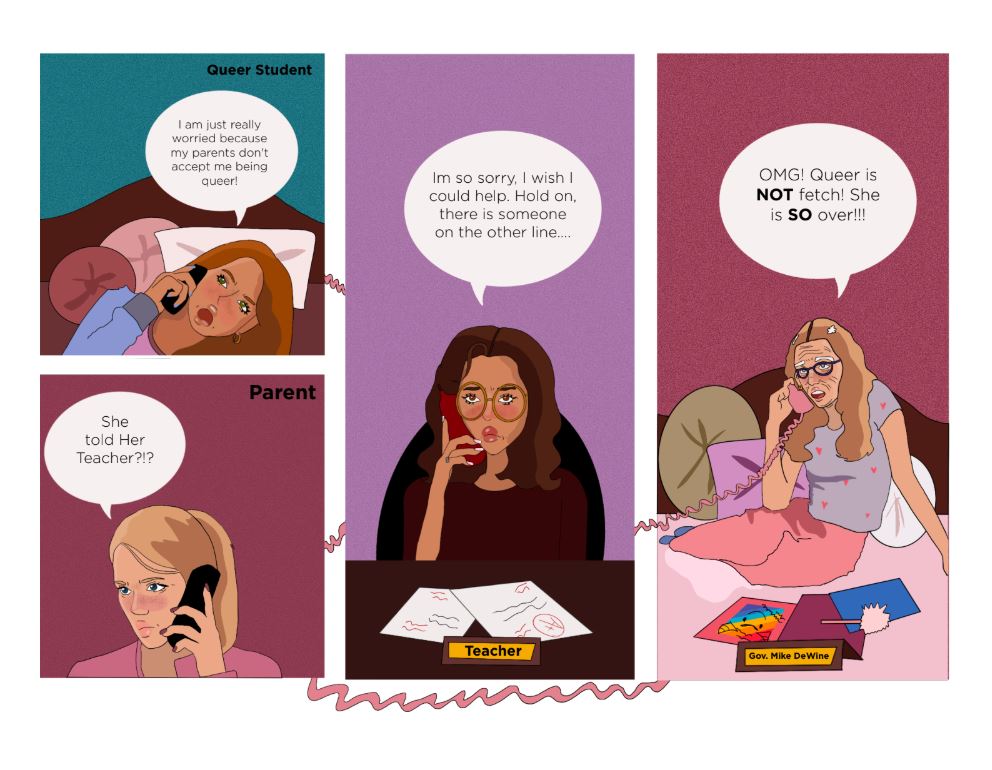When students enter Lakota East in the morning, they know their phone usage will be limited. Earlier in the school year, students were allowed to have their phones as long as they weren’t actively on them while the teacher was talking. There were very few exceptions to that, and only a handful of teachers would ask students to put their phones in “phone jail.”
Now, students are expected to put their phones in phone jail for the entire period. Phone jail is a teacher’s way of controlling student phone usage in the classroom, limiting distractions and increasing productivity. While most teachers have phone holders on their wall, others set them in a small bin and place it on their desk or counter, completely out of sight. While this has shown that students have become more social inside the classroom and have completed more work, the most important question hasn’t been asked: What if there’s a safety threat?
If there is a fire in the building, students would be urged to quickly evacuate, meaning many would not have time to grab their phones to contact a family member and pick them up or fill them in on the current situation. If there is a shooter, students’ main concern would be barricading the door and following A.L.I.C.E. procedures. They would not have their phones with them to let anyone know about the threat. This is one of the main reasons many people say students should be allowed to have their phones.
The other side of the issue consists mainly of arguments of cyberbullying and the fact that many students are not social in real life because they can communicate online. Apps are designed to provide an immediate release of dopamine, which makes it difficult for students to perform tasks that require sustained and extended attention, like a normal class period. This also makes it difficult for students to do their homework and give their all on tests. According to National School Safety and Security Services president Ken Trump, students’ focus should not have to be on their phone during an emergency.
“If we’re relying on the kids to make the 911 calls, we really do have a bigger problem that goes beyond cell phone issues,” said Trump. “They’re not realizing that the use of the cell phone could make a child less safe in a school because it’s distracting from their ability to pay 100% attention to the directions of the adults and follow steps that could save their life.”
A survey at Lakota East involving 35 students showed that 24 students (69%) said they get on their phones right after school because they have missed so many notifications, causing them to think about their phones all day and not have as much time for homework. A survey from before the policy was put into effect at the school showed that, during a short work time, 16 of the 22 students surveyed (73%) went on their phones within two minutes of the work time. When the teacher began talking again, three students continued to use their phones for a few minutes before finally putting them down.
These problems can be easily solved by just meeting in the middle. Students are too distracted with their notifications when they have their phones with them, but when their phones are out of reach, they are distracted by thoughts of what they could be missing. This is why a compromise is key, and luckily this is a simple compromise.
Allowing students to have their phones after the lesson could help limit distractions, since they know they only need to wait a short amount of time, which could be beneficial for their attentiveness. Not only that, but it would give students a choice to help them feel they have some control, which is shown to be comforting to many. As students grow, they are expected to be responsible for finishing their work, and this is a great way to show that. Giving them the option to either do work after the lesson or hold it off until later will help students better understand how they are using their time.
This way, students will be more focused on the teacher and the lesson, instead of the newest trend on social media, because the incentive is getting their phone back after the lesson. They are also more likely to have their phone in the event of an emergency. Plus, they will be able to use apps on their phones that can allow students to watch educational videos, read eBooks, easily research topics, and listen to music. According to the Lee Kum Sheung Center research scientist Mesfin Awoke Bekalu, using phones in the classroom can create opportunities for teaching self-regulation and tech-literacy.
“There is a huge, growing body of literature showing that social media platforms are particularly helpful for people who need resources or who need support of some kind, beyond their proximate environment,” said Bekalu.
Taking phones at the beginning of class is a great way to help students focus more in class and increases the chances of students completing their assignments. Also, allowing them the chance to grab their phones after the lesson would be a great motivator for those wanting to get their work done.









































































































